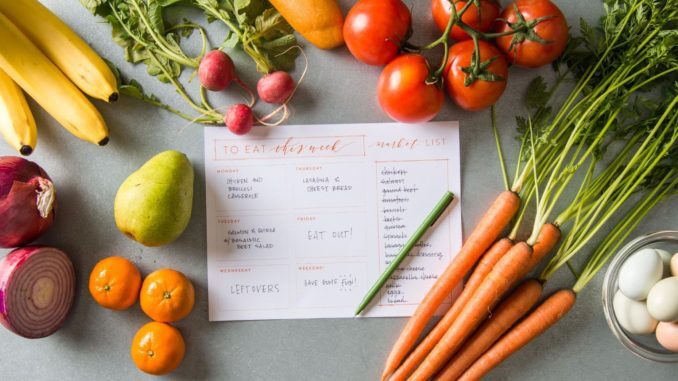
Meal planning is extremely important for all those trying to lose weight and become more healthy. This is again another article written for athletes and martial artists. But as I always say, they are also humans, not aliens- so all these rules apply to every one of us. It’s just that they are a more active group who are trying to get healthier while many of us need to get started from the beginning.
A meal plan refers to the itemization of foods a person has and their frequency. It is the structuring and labeling of food items one will have for breakfast, lunch, dinner, and other snacks or drinks if any.
A meal plan is very specific – what foods, how much of it and when to have it are clearly planned out in advance – for the day, a week, or even a month. For a meal plan to be practical, it has to be created based on a person’s eating habits and food preferences.
Adequate nutrients from properly planned meals provide fighters with the energy for training, it helps repair and strengthen their muscles and improves their immunity. A sturdy immune system is a boon for fighters whose bodies undergo the constant stress of training and competitions. A proper diet in combination with the fighters’ training protocols helps make them the best-conditioned and most well-rounded fighters they could possibly be.
MMA is a sport that competes based on weight, so fueling for each individual fighter is different.
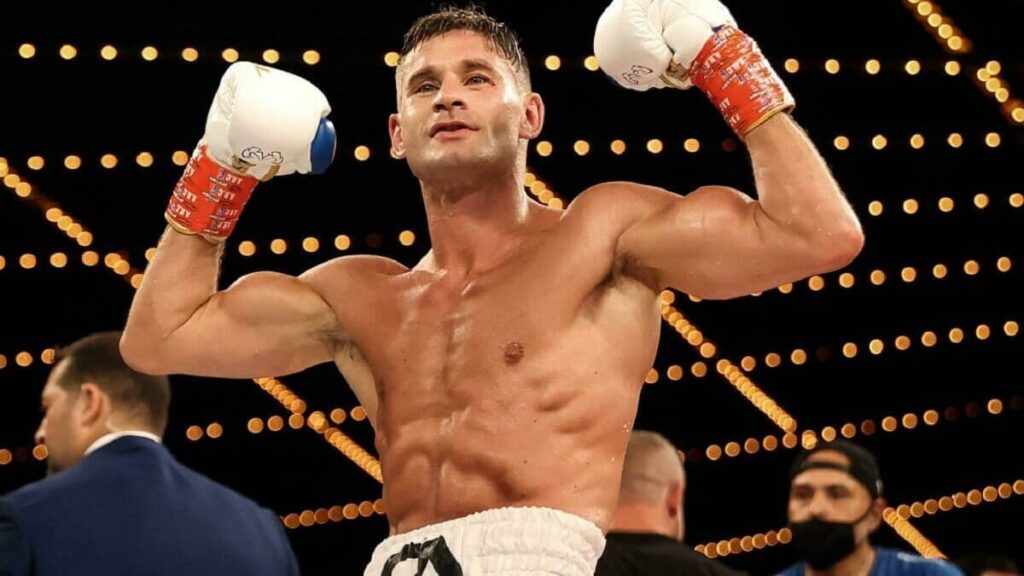
According to Chris Algieri, former kickboxing champion and the Head performance nutrition coach at Stony Brook University,
“The willingness of the athletes to eat very, very clean and eat the right things at the right time is what separates the men from the boys. Fighters are always in a catabolic state. And it’s really tough to make strength, endurance, and power goals if they aren’t getting enough calories. But if an MMA fighter isn’t the right weight, he doesn’t fight. It’s a difficult and delicate balance between making sure guys are eating enough to continue to make progress in training and not gaining too much weight to disqualify themselves.”
Crucial Components of Meal Plan
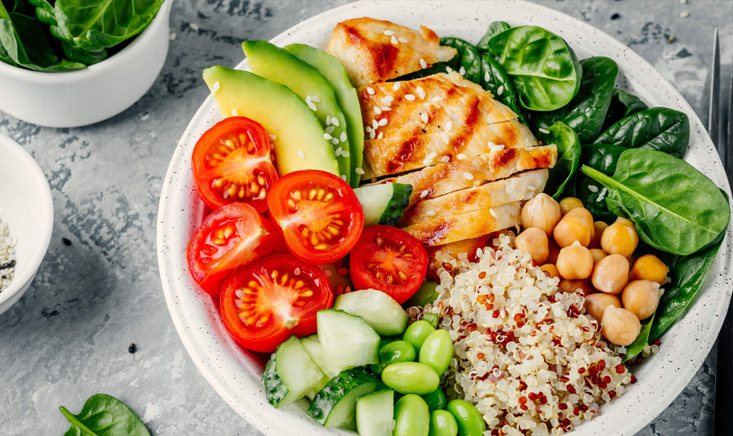
MMA fighters are some of the best well-conditioned athletes in the world! Intense strength, speed, and athleticism are expected from MMA fighters so that only the best can ever compete in an MMA fight! More focus must be placed on eating the right foods rather than just focusing on calories for energy or proteins for muscle building.
All foods contain energy, which is measured in calories. But, not all calories are created equal.
Meals basically comprised of carbs such as whole-wheat bread or brown rice with proteins like chicken breast or grilled fish. Adequate amounts of fats and plenty of vegetables are equally important in a meal plan. Fruits like bananas, cherries, and apples provide fighters with many vital minerals and vitamins.
Proteins
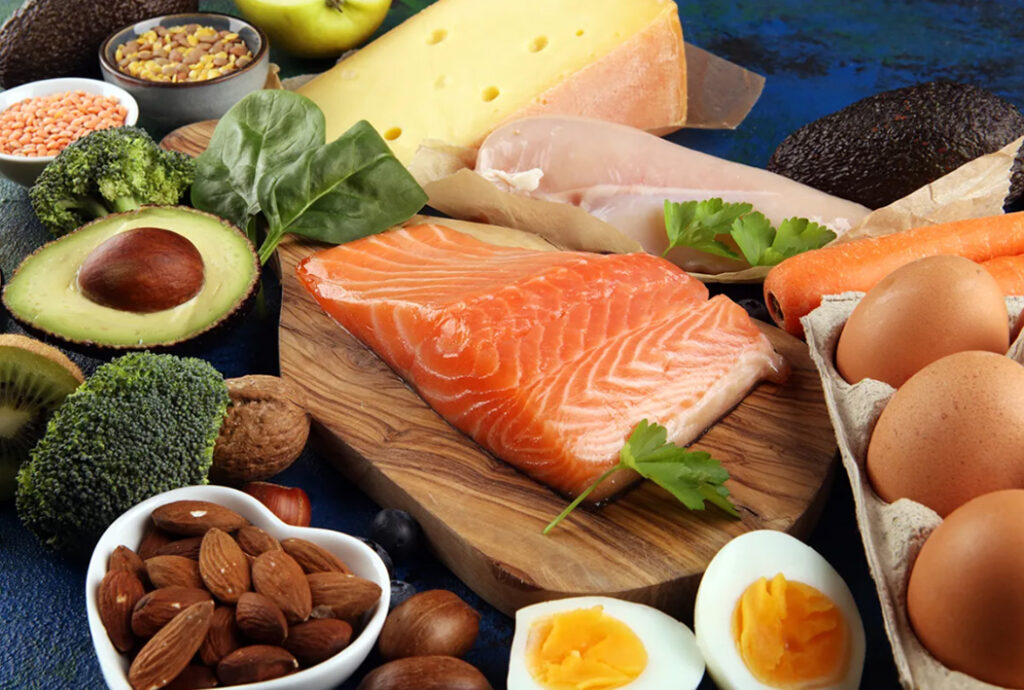
Proteins have to be included in every meal. Amino acids are the building blocks of protein and these amino acids are involved in a range of vital functions including building and maintaining strong muscles, tendons, and ligaments. Time of protein intake is also important for martial artists as consuming good quality protein within a couple of hours of high-intensity exercise enhances muscle repair and growth.
The Academy of Nutrition and Dietetics, Dietitians of Canada, and the American College of Sports Medicine recommend 1.2 to 2.0 grams of protein per kilogram of body weight per day for athletes, depending on training. They also recommend spacing out the protein intake throughout the day and after workouts. Chicken, fish, eggs, and dairy are great sources of protein.
Carbohydrates
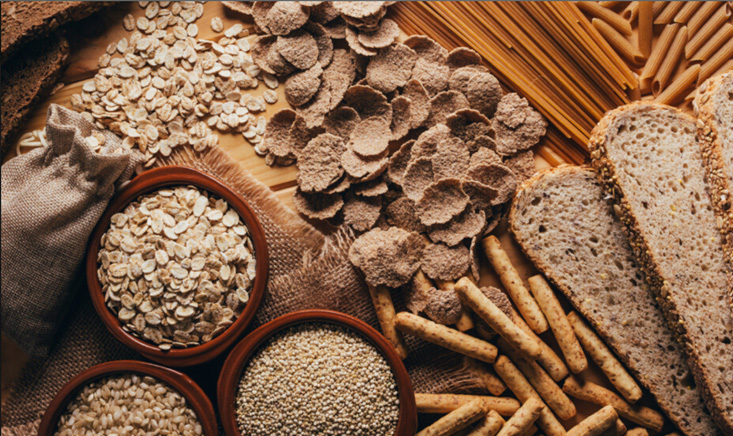
Carbohydrates have to be consumed at strategic points a day such as for breakfast, the meal before the workout, and the post-workout meal. Simply eating large amounts of lean protein does not equate to a toned body. Eating adequate amounts of fats and carbohydrates for energy ensures that protein is better utilized for muscle building, rather than as an energy source.
But, it is best to avoid carbs in the last meal of the day. This is mainly because they tend to increase the insulin levels in the blood which may result in disturbed sleep, which in turn, may inhibit the production of growth hormones. According to Colorado State University, carbohydrates provide 40 to 50 percent of the energy needed during training. Brown rice, whole grains, sweet potatoes, and quinoa are excellent sources of complex carbohydrates.
Healthy Fats
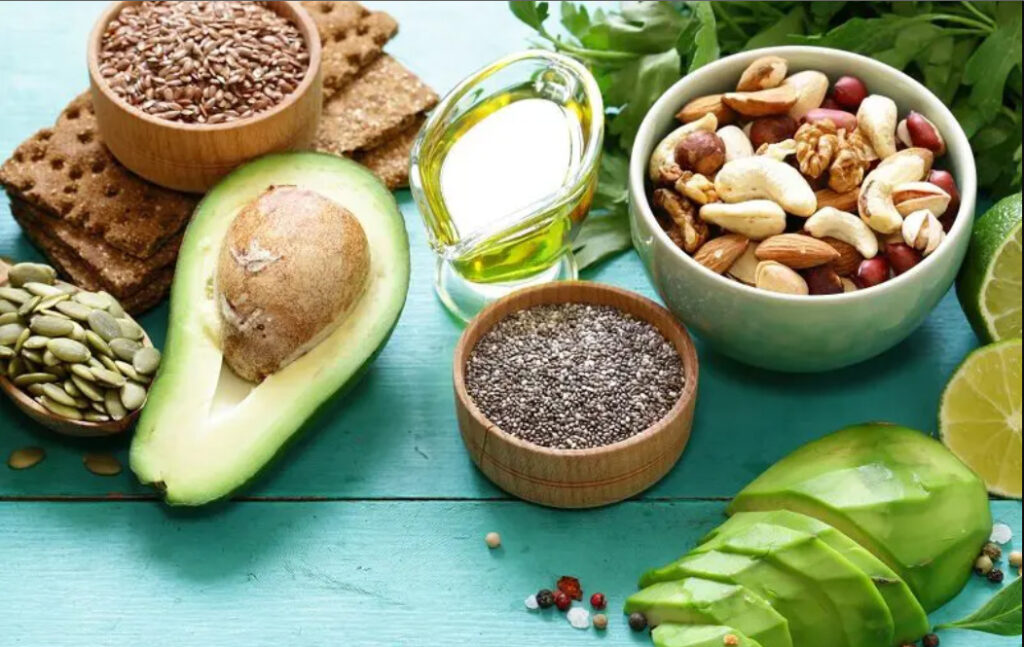
Healthy fats must also be included in the meal as they too provide energy. Healthy fats refer to the unsaturated fats that are seen plenty in nuts, avocados, olives, etc. Fats also provide the body with energy.
As the fight or training progresses, the energy supply from carbohydrates starts getting depleted. Adequate amounts of fats a couple of hours before training or fighting can help the fighter last longer in the ring. Nutrient-dense fat provides 9 calories per gram. Fats are slow burners and they help fuel endurance.
Vegetables and Fruits

Vegetables are also an important part of a fighter’s diet. Rather than starchy vegetables like carrots and potatoes, it’s best to focus on eating fibrous veggies like broccoli, cauliflower, cucumbers, spinach, celery, red peppers, etc. Vegetables provide vitamins, minerals, and fiber which are essential for maintaining health and strength.
Fruits also need to be included in the meal plan. The higher fiber content in vegetables and fruits helps keep a person feeling full and satisfied for a longer period of time.
The intensive training of martial artists means that they experience significant electrolyte loss through their sweat. The loss of electrolytes like potassium and magnesium can affect a fighter’s ability to tolerate heat during a workout. It impacts their endurance capabilities as well.
Potassium deficiency, over the long term, can cause irregular heartbeats and muscle weakness. It also affects the body’s ability to metabolize glucose for energy. The daily recommended intake of Potassium is 4,700 milligrams. Lima beans, spinach, bananas, honeydew melons, and kidney beans are good sources of potassium.
Planning Out The Meal Frequency
Deciding on a meal frequency is an important part of meal planning. Rather than focusing only on what and how much a fighter eats, attention must also be paid to when and how frequently he eats. There are nutritionists who insist that five to six meals are ideal while another popular school of thought insists that just two to three meals a day with a decent fasting interval are a healthier choice. Both meal frequency types have their pros and cons. This is again a personal choice that depends on the needs as well as the lifestyle of the individual.
Jonathan Manley aka Jon Manley currently ranked 15th among 155 active US Northeast Pro Welterweights and ranked 7th among 57 active New England Pro Welterweights, is very open about his diet regime.
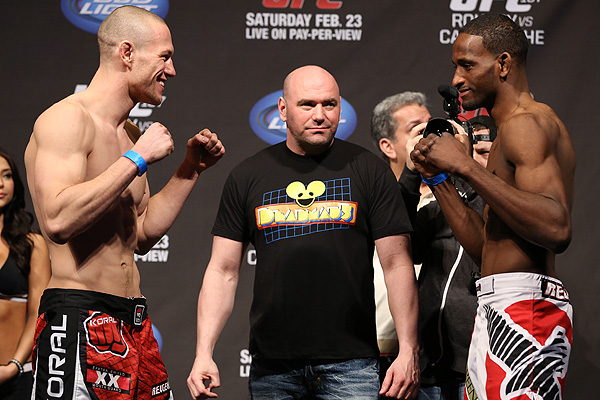
“When I am in fight training I eat only food prepared by myself at home. I eat chicken, steak, or turkey with sweet potatoes, kale, spaghetti squash, and many different types of fruits. I never eat any sugary foods or drinks. I only drink water or coffee and I eat about five times a day and about three hours apart. I pretty much eat the same thing over and over again.”
Among his five meals a day, the first, third, and fifth meals will have protein and vegetables only. The second and fourth meals will have plain Greek yogurt and organic fruit preserves with protein powder. Drinking lots of water is yet another major strategy of his. According to Manley, the most important is to eat clean, that is stay away from fast food and read the labels on all food.
Having frequent meals at regular intervals is said to rev up the body’s metabolism, thus helping burn more calories. Frequent small meals are believed to be easier on the digestive system than big, heavy meals. When the portion of food is small, the time taken by the digestive system to digest it would be minimal.
The body can absorb and use only a limited amount of nutrients at a given time, so spacing out the nutrient intake is considered a healthier option. For instance, the body can utilize only a certain amount of protein for muscle synthesis, and excess dietary protein consumed during mealtime is said to be stored as body fat.
An internal ‘Positive nitrogen balance is required to create and maintain the optimum anabolic environment in the body which eventually helps in muscular strengthening, and keeping up the lean muscle tissue. This positive nitrogen balance is maintained only with a constant supply of protein to the body. Obviously, with two-three meals a day, the ‘constant supply’ of protein would be difficult. Increasing meal frequency is the best option in this case.
Advocates of the two to three meal frequencies insist that too much energy is wasted for digestion and allowing the body to have a decent fasting window helps the body rejuvenate and heal itself. Such a meal frequency can be followed when fighters are not in a training phase. But it is not practical while training for competition as the nutritional requirements of fighters are quite high and it’s difficult to meet all those needs in just a couple of meals.
The Paleo/Caveman Meal Plan
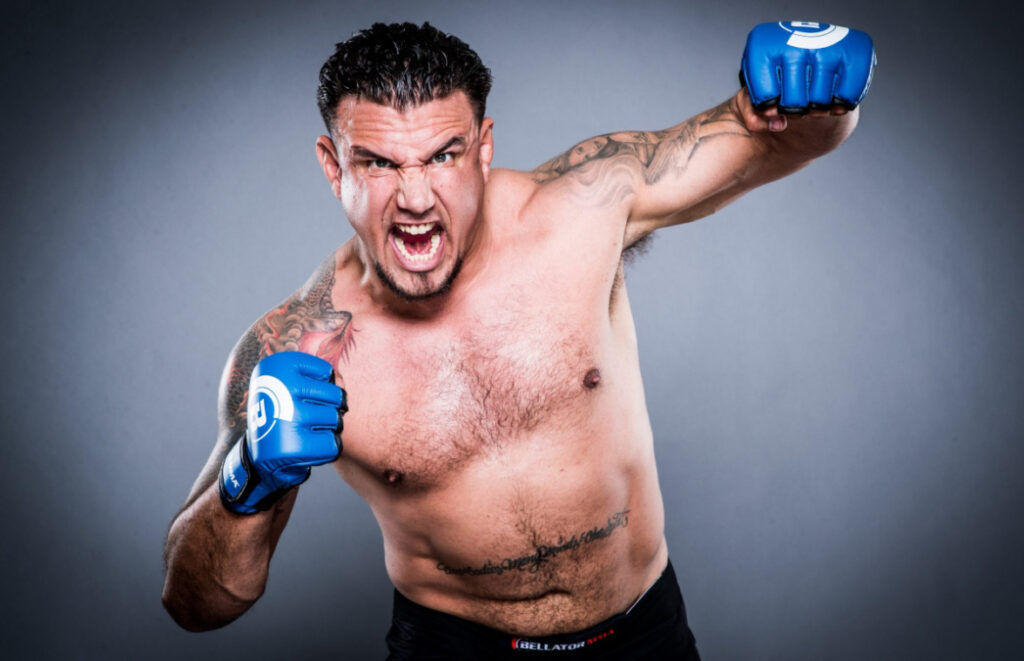
Frank Mir one of the most compelling UFC heavyweights opts for a caveman diet. He says,
“We have decided as a family that we won’t eat a lot of processed foods. In my house, we don’t have bags of potato chips and soda. If you open the fridge, there’s orange juice, water, and organic milk. We do eat bread — the hard bread, stone-ground wheat. Pretty much nothing you would pop in a microwave is going to be in my home“.
The paleo or caveman diet is based on foods that our ancestors, the cavemen, ate before they become more civilized and started growing grains or ultimately processed and factory-made food products. So grains or anything made with them such as bread or pasta are not allowed on this diet.
Fruits and vegetables are considered a superior source of carbs as they do not contain anti-nutrients like grains. They also contain plenty of vitamins, minerals, and antioxidants which grains don’t offer. No packaged or processed foods are allowed on a paleo diet. And that means no crackers, candy, cupcakes, cup noodles, mac n’ cheese, or donuts.
Though not easy to implement, the paleo meal plan is actually quite a healthy one. Replacing processed foods full of fats and sugars with more nutrient-dense food not only reduces calorie intake but also increases the number of quality nutrients. For MMA fighters who feel Paleo is too restricting, they can choose to adopt a modified version where they can add in some cooked rice or oats. An occasional cheat meal shouldn’t do any harm as long as the person gets back on track immediately afterward.
Vegetarian and Vegan Meal Plans
Vegan and Vegetarian diets for an extreme sport like MMA fighting can seem difficult to stick to. It is quite natural to have a doubt about this. Is it possible to build muscles following a plant diet?
Chicken, dairy products, and eggs are easy and popular sources of protein. Since the Vegan diet constricts this, the only available option is fruits, nuts, and soy. Vitamin B12, which is found only in meat is important for endurance in athletes as it directly affects their red blood cell production. But now in the market, many cereals and soy milk are fortified with B12. Such supplements are very helpful for vegans. Swapping rice for quinoa, and having plenty of chickpeas and legumes, flax seeds, walnuts, broccoli, spinach intakes, etc. are important elements of a vegan diet.
Weight-management guru Mike Dolce has built custom diets for dozens of pro fighters. He says he had to supplement the diets of some vegan fighters with eggs or fish “because their bodies began breaking down during training camps.”
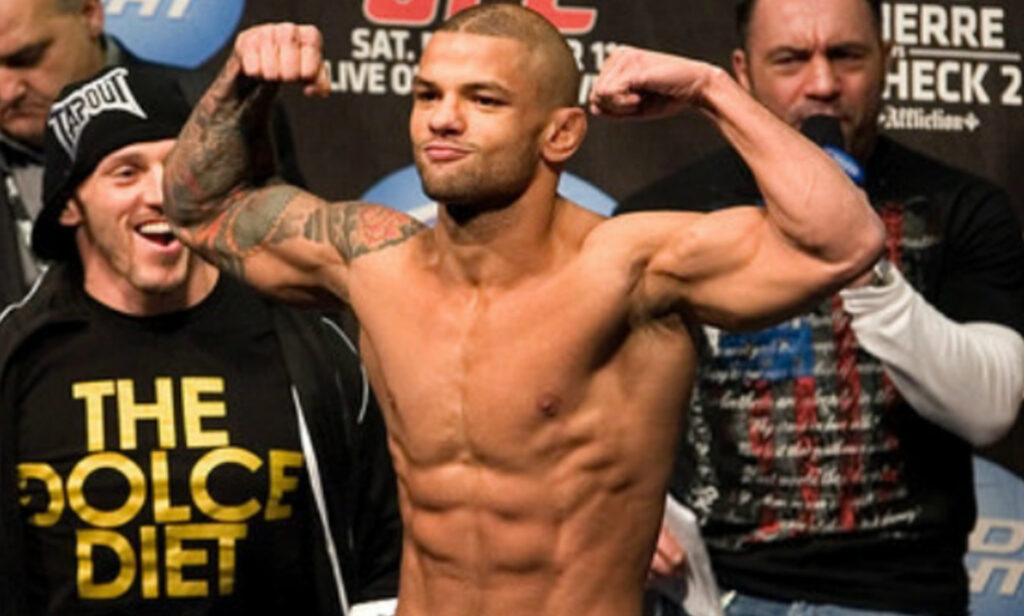
According to Dolce, there are certain limitations in attempting to maintain a pro athlete’s lifestyle and workout regimen on a vegan’s restrictive meal plan. Dolce explains:
“For combat athletes, it makes your preparation and lifestyle, which is already difficult, even more difficult. To properly live as a vegan is one of the most difficult and time-invasive lifestyles you can have as an athlete. It’s very hard to get all the nutrition you need when you’re grinding your body through two grueling training sessions a day, six days a week, using only plant-based sources. It’s especially difficult when you talk about how to properly source these plant-based products, which can get a lot harder depending on where you’re located.”
But then again, UFC fighter Nick Diazi says:
“ I eat no meat or dairy, and I not only fight, but compete in triathlons. I am a big believer in a clean diet.”
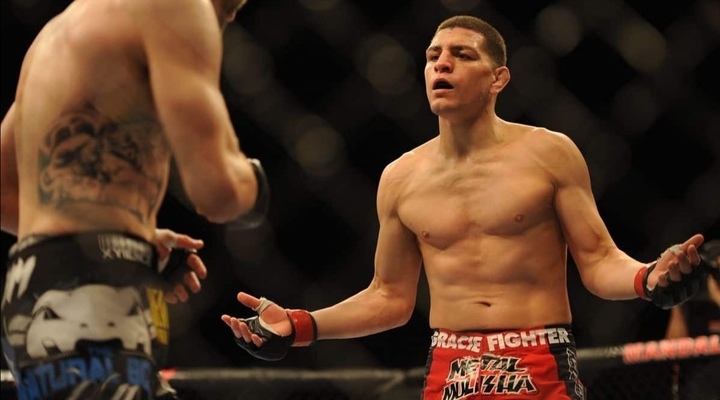
2014 Mr. Universe Barny du Plessis, UFC’s Nate Diaz are some of the famous fighters who thrived on a Vegan Diet. Their positive feedback about Vegan diet plans has helped more fighters shift towards a plant-based diet.
Conclusion
Professional MMA fighters who get to the top of their profession don’t reach there by accident. It not only requires superhuman levels of unwavering focus and dedication in their training but also in what goes into their bellies. MMA fighters like Frank Mir and Kyle Kingsbury have made advances in their career only because of their wise selection of diet plans. The right diet gives that person a fighting edge.
A well-thought-out meal plan helps in replenishing the energy that gets depleted in fighting and training sessions. It speeds up the recovery process, decreases inflammation, strengthens the immune system, and rebuilds stronger muscle tissues.
Rather than go into the extremes of dieting experiments, it’s best to follow the middle path and choose the best parts of each. Though meal plans differ may differ for individuals based on their requirements, preferences, and lifestyle, they share some common principles:
Have only organic products, avoid processed foods, a big no to refined sugars, add in healthy fats, and so on. Fuelling the body with healthy, unprocessed earth-grown nutrients will give more power and this promotes elite performance as well as optimal health.
